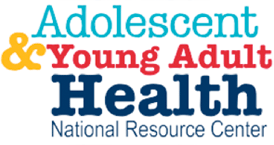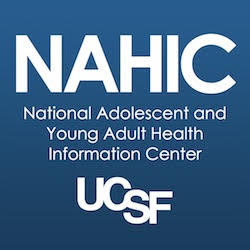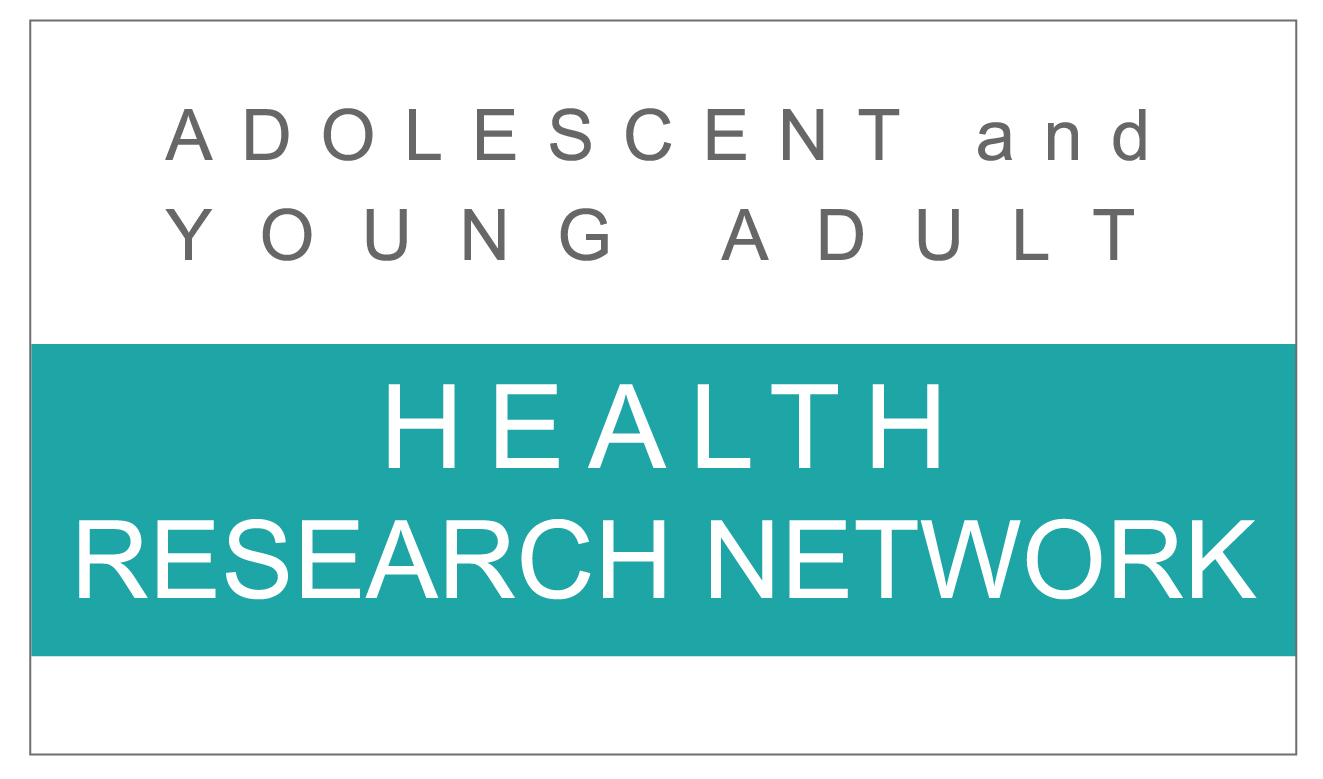Topic :: Program & Policy
-
- Core Center collaborator SAHRC created multiple tools to support adolescent and young adult health programs in State MCH Programs, such as guidelines and tip sheets, learning sessions, tip/fact sheets, and resource libraries. Examples of state initiatives are included across resources. Key focus areas include: Adolescent and Young Adult Development Framing and Communications State Capacity for Adolescent Health Youth Engagement Youth-Centered…
-
- State Medicaid programs can have a key role in assuring receipt of an annual well visit among adolescent enrollees, consistent with the Bright Futures guidelines. In a new report, the AYAH-NRC examines factors linked to high well visit rates in top-performing states. This effort was led by AYAH-NRC partners Annie Schmidt, MPH and Peggy McManus, MHS of the National Alliance…
-
- The Affordable Care Act (ACA) brought with it many changes to access and cost of preventive care for young adults. Now new research published in the Journal of Adolescent Health examines the health care reform’s impact on young adults. A UCSF team led by Dr. Sally Adams analyzed data on young adult well visits and three preventive service measures before and…
-
- AYAH-NRC Workshop, March 8, 2019, “What’s New in Clinical Preventive Services: An update on Policies, Research and Emerging Paradigms of Parental Engagement”. View the full presentation slide deck here. The Adolescent and Young Adult Health National Resource Center (AYAH-NRC) will hold a workshop at the SAHM 2019 Annual Meeting— “Psychological Well-Being: International Transcultural Perspectives.” If you would like to view each section of the…
-
- This Change Package provides a range of tools and guidance for state-led efforts to improve receipt of preventive services for adolescents and young adults. It reflects the experiences of the twelve states that took part in a quality improvement project to support state efforts to increase receipt of well visits, (National Performance Measure #10 of the Title V Block Grant:…
-
- December 12th, 2018 The Young Invincibles, a partner of the AYAH-NRC, has published a presentation on important health insurance information and outreach best practices when marketing to young adults. This slide deck also offers insights into the latest changes to health insurance options as of 2018. Check out this new resource below! View or download the Young Adult Health Insurance presentation…
-
- The Adolescent and Young Adult Health National Resource Center (AYAH-NRC), in partnership with the Adolescent and Young Adult Health National Research Network (AYAH-RN), held a workshop at the SAHM 2018 Annual Meeting— “Global Adolescent Health Equity.” AYAH-NRC Workshop, March 16, 2018, “What’s New in Clinical Preventive Services? New Evidence, Guidelines, Policies – Challenges & Opportunities.” The Center is pleased to…
-
- The AYAH Center’s Dr. Claire Brindis recently published an article titled, “Young Adults Changing Insurance Status: Gaps in Health Insurance Literacy” in the Journal of Community Health. This study examines gaps in health insurance literacy that can impede young adults’ access to timely care when changing insurance, and assessed types of resources that can smooth young adults’ coverage transitions. Researchers…
-
- Despite decades of adolescent preventive well visit and services promotion (Guidelines for Adolescent Preventive Services and Bright Futures), rates are below recommended levels and little is known of the effect of the Patient Protection and Affordable Care Act (ACA) implementation on these care rates. In a new article, NAHIC researchers compared pre- and post-ACA rates of well visits and preventive…
-
- Improving adolescent and young adult health requires a focus on the broader social determinants of health, as well as individual factors that are often the focus of efforts to improve health. This study identified innovative approaches involving partnerships between the health care delivery system and the broader community to promote health equity and address the root causes of health disparities…
 University of California San Francisco
University of California San Francisco



